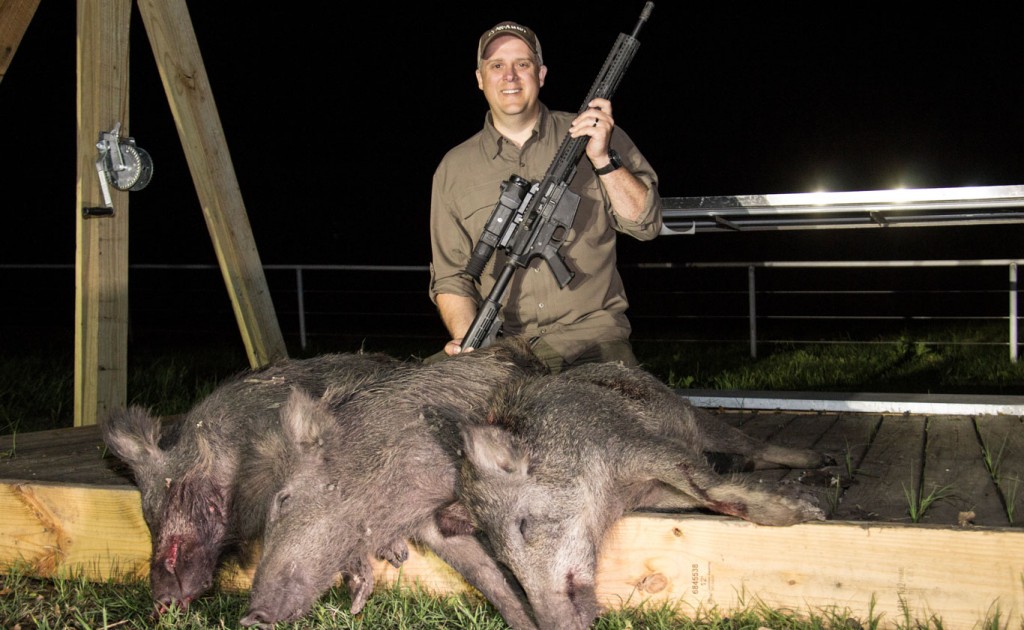
G&A Editor Eric R. Poole hunted hogs in Texas with the Pulsar Trail XP50.
“When equipped with thermal imaging scopes such as the new Helion XP50 Thermal Monocular and Trail XP50 Thermal Imaging Sight from Pulsar, it’s the hunter who now has the advantage.”
It was a legitimate fear that feral hogs would eventually move north of the southern states. They did. Though northerners now contend with invasive hogs (even Wisconsin for example), we have never been more capable of defending against them given the lower cost, higher quality and widespread availability of Pulsar thermal riflescopes, monoculars and binoculars. When equipped with premium thermal imaging scopes such as the new Helion XP50 Thermal Monocular and Trail XP50 Thermal Riflescope, it’s the hunter who now has the advantage.
There was a time when we hunted only during the day. When I first began hunting hogs in 2004, to be successful was much more challenging and often defined by taking one or two animals. Night vision was useful when you knew where the hogs were (and it still is), but given that its technology depends on amplifying ambient light, we only benefit from night vision devices (NVDs) in darkness. Even when hunting hogs with night vision, there are limitations such as optical range when comparing the use of NVDs to using thermals.
But here’s the takeaway: Thermals are not night vision.
Thermals generate an image featuring a graduated contrast between objects of different temperature. Where night vision doesn’t penetrate through environmental conditions such as fog or smoke, thermals enable us to see through such interference to better spot and locate hogs at much farther distances. The biggest benefit is that thermals can be used during the day and night. I emphasize the word “day” because

